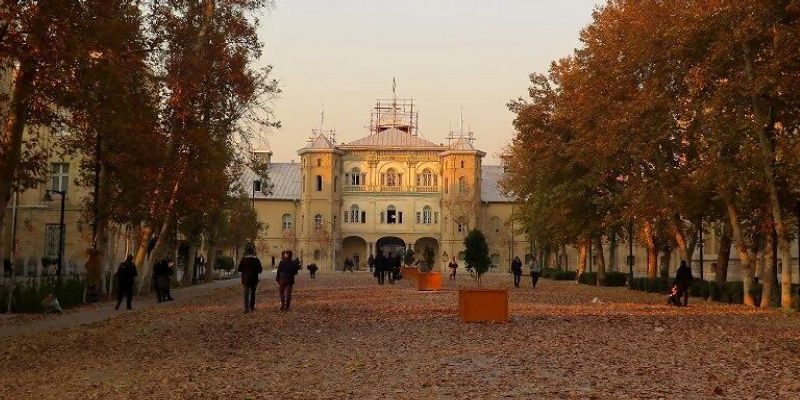

Tehran University of Art
overview
Tehran University of Art
Tehran University of Art, the largest institution for art education in Iran, plays a pivotal role in shaping the country's artistic landscape. Established through the merger of five pre-revolutionary art schools—Farabi University, the Faculty of Decorative Arts, the Faculty of Dramatic Arts, the Higher Music Conservatory, and the National Music Conservatory—the university has evolved significantly since its inception. In 2023, it was officially renamed the University of Art Iran, following the approval of the Ministry of Science, Research, and Technology's Expansion Council and Board of Trustees.
Originally operating under a different name, the institution became Tehran University of Art in 1991. During the 1990s, it comprised four faculties: Applied Arts, Visual Arts, Cinema and Theater, along with an Isfahan Campus that later separated in 1998. Over the years, the university has expanded its offerings and increased its scope of activities, reflecting a commitment to fostering creativity and innovation in various art disciplines.
Ranked second among art universities in Iran by the Islamic World Science Citation Center, Tehran University of Art is recognized for its academic excellence. With over 5,200 students and a dedicated faculty of 200 members, the university has made significant contributions to the arts, publishing 1,125 domestic scientific articles and ISI papers in reputable journals and conferences.
The university attracts a competitive pool of aspiring artists and scholars who vie for admission into its esteemed programs. As a leading institution in the field of art, Tehran University of Art continues to inspire and nurture the next generation of creative talents in Iran and beyond.
Tehran University of Art Admissions
Apply in person or online via authorized platforms, with the supervising professor guiding the admission process.
1. Non-Iranian Students
- General Conditions: Meet the guidelines set by the Students Affairs Organization.
- Legal Status: No legal barriers for education and residence in Iran.
- Nationality: Must hold a non-Iranian passport.
- Resume: Provide a verified resume of previous studies.
- Diplomas: Submit diplomas from past programs (must be confirmed by an Iranian embassy if issued abroad).
- Research Proposal (Ph.D. only): Submit an approved research proposal aligned with the supervising professor's expertise.
- Language Certificate: Provide a Persian (Farsi) certificate or pass the SAMFA test (exempt for Afghan and Tajik nationals).
- Visa: Obtain a student visa before enrollment (dependent on university admission).
2. Transfer of Iranian Students Studying Abroad
- General Conditions: Meet Master's or Ph.D. program requirements.
- University Approval: The previous university must be recognized by the Ministry of Science, Research and Technology.
- Legal Status: No legal issues preventing continuation of studies.
- Enrollment Status: Must not have stopped out for over a year; authorization required if so.
- Diplomas: Provide diplomas from previous studies.
- Certificates: Submit proof of attendance and engagement for at least one semester, along with an approved progress report.
- Capacity: The admitting department and supervising professor must be able to accept new students.
 Sign In with Google
Sign In with Google